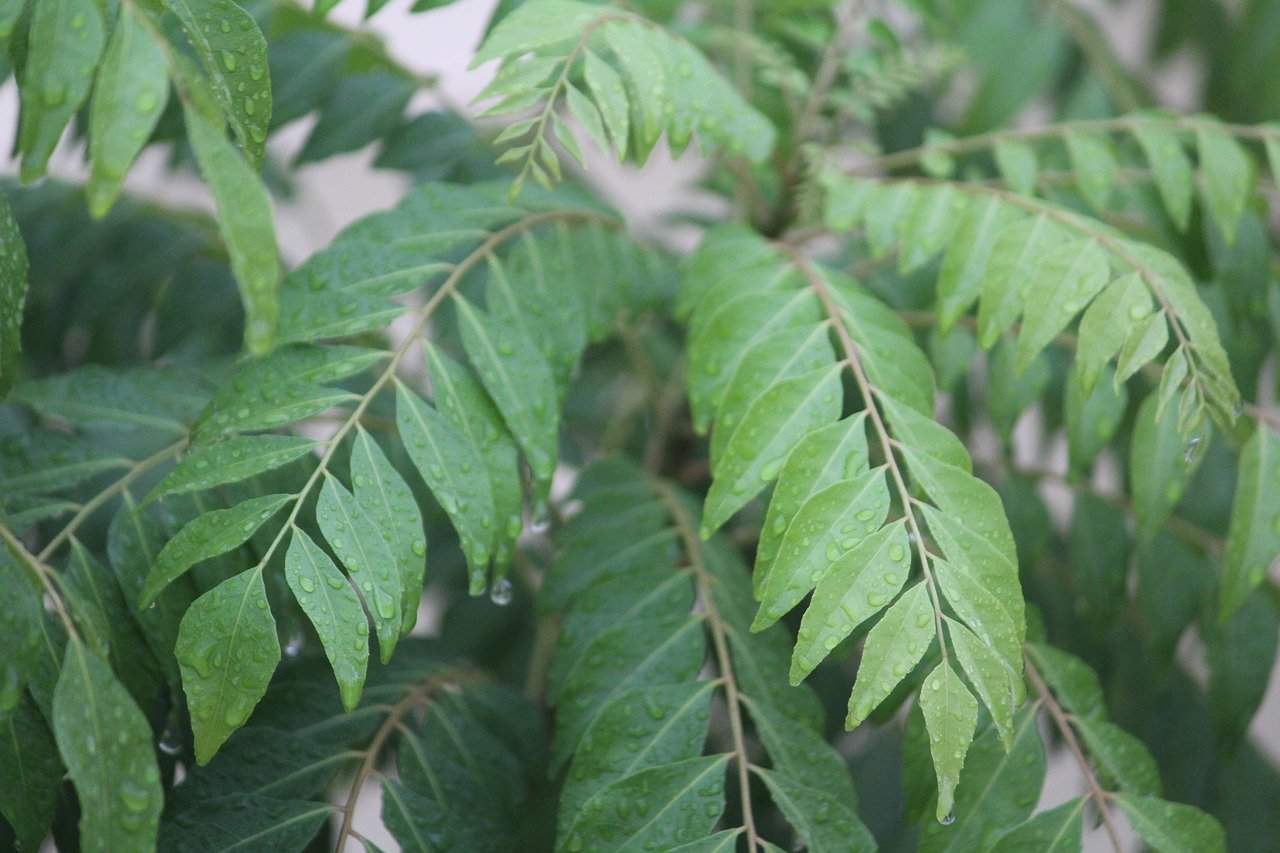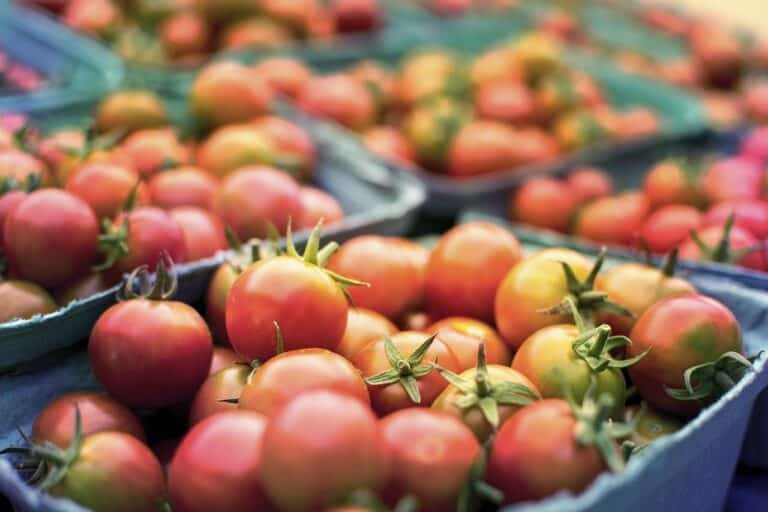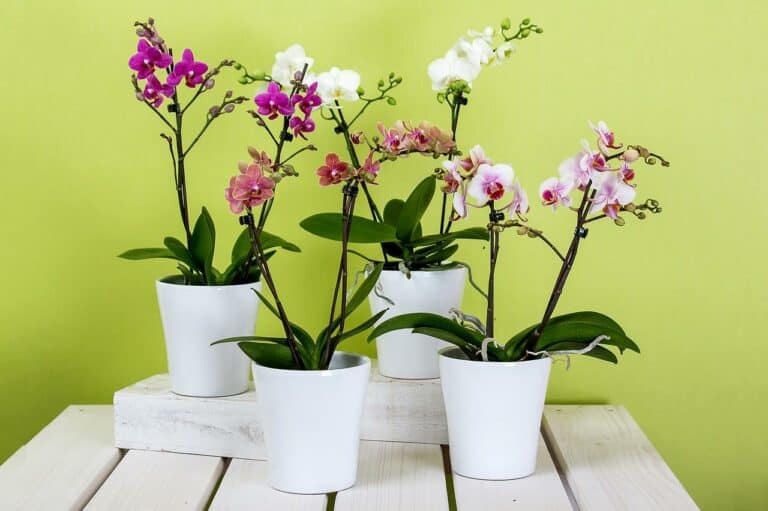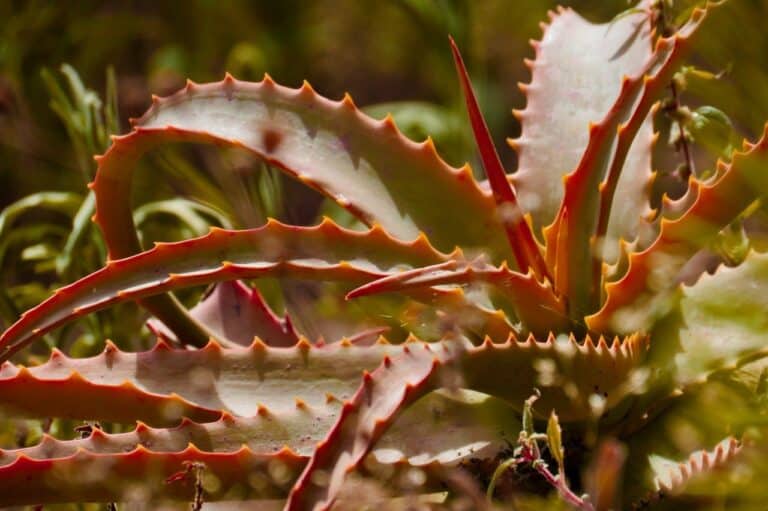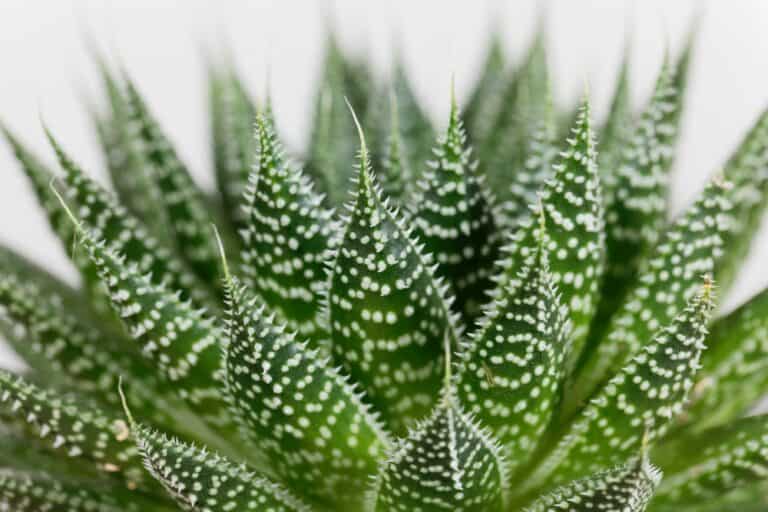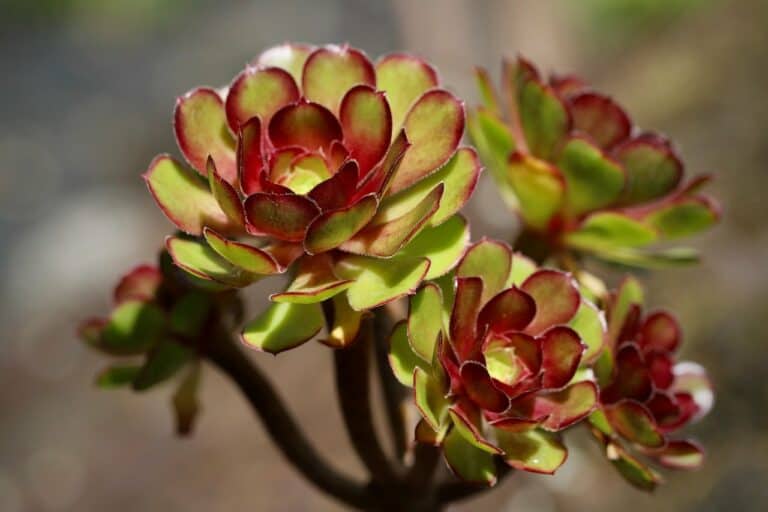Table of Contents
Curry Leaf Plant
As the name indicates Curry leaf plant, its leaves are used for cooking purposes in many dishes. It has many medicinal properties and a great aroma. Curry leaves are mainly used for tempering. It adds a great aroma and unique flavor to the dishes, and many people like it. This plant is an Asian origin and favors tropical to subtropical regions. It means this plant is native to the subcontinent region. Curry leaf plants can be grown in the United States of America in zones 9, 10, 11, and 12. Curry leaves resemble neem tree leaves. That’s why called sweet neem, although neem leaves are bitter. One cannot differentiate between their leaves easily. It is also called curry bush in some regions.
What Are The Uses of Curry Leaf Plants?
Its leaves are directly used in vegetables or other dishes in the subcontinent region. Curry leaves can be used directly as individual leaves or into a paste. Curry leaves are good for digestion and have anti-cancer properties. Many people make its leaves into powder with cumin seeds, salt, and dried chilies and eat it with steaming hot rice and ghee. In addition, its fresh leaves are used in traditional medicines and tonics.
Curry Leaves Shape, Size, Color, and Taste
The glossy, vibrant green curry leaves are teardrop in shape. Twelve leaves on each stalk have a spicy taste and a pleasant lemon scent. Curry leaves are 3-4 centimeters long and 1-2 cm wide. Curry leaves taste slightly like basils, anise, and lemongrass. Its taste and scent remain even for hours after cooking.
Curry Leaf and Curry Plant Look
Curry plant leaves have toothed margins. It has serrulated types of leaves. Their tips are slightly notched. In the early stages, it resembles lavender and has needle-shaped leaves. However, the curry leaf plant turned into a round look in the mature stage. It is not a much taller plant and the height is up to 5 meters after fully maturing. Curry leaf plant produces small flowers during spring and summer that are creamy white in color and bloom on the stalk. After self-pollination, these flowers convert into small berry-like fruits and appear black.
Curry Leaf Plant Seeds Look
Curry plant seeds are black and have an ovule-like rounded shape. The ripened berries of this plant are its seeds. They give bluish-black color when ripened and reaches 2/3 inch in size. However, by removing their pulp, curry leaf plant seeds appeared greenish.
How To Plant Curry Leaf Seeds?
Here is an answer for planting curry leaf seeds, which is easier and more fruitful. It is an easy and commonly used way to grow curry leaf plants from seed. Below are the steps you should follow.
Always use fresh seeds because it gives better germination results. You can pick curry plant berries directly from a tree once fully ripened. FULLY RIPEN berries give bluish-black color. You can find these seeds from July to September. Choose and pick healthy, insect damage-free seeds. Avoid those with wrinkled skin, it is a sign of OVER RIPENING, and the seed might be unhealthy or even dead inside.
Selection of Seeds
Seeds with pulp or without pulp, which to grow?
Confusion? Don’t be confused about seeds with pulp or without pulp to grow. You can sow the whole seed with pulp or remove the pulp as well. But, seeds sown without pulp can give better results, and their germination chances increase.
Preparation of Soil
Take the soil having three essential components, I.e., garden soil, manure, and fine sand. Take the 50, 30, and 10 in %, respectively. You can use cow or goat manure. Ensure there is no way for waterlogging and a sound drainage system. This plant prefers slightly acidic soil.
Germination
Curry Leaf seed’s best sowing time is winter or before the rainy season. For rapid germination and better results, place the seeds in moist paper first or before sowing for a few days. After that, sow the seeds in warm soil by 1 inch deep and cover it entirely with soil. Water them thoroughly but don’t make the upper soil layer too watery. Generally, it will take two weeks or 15 days to germinate. Typically, small leaves appear in one month.
Watering Requirements For Curry Leaf Plant
Watering curry leaf plant depends upon seasons. On summer days, water them daily. Don’t make the soil becomes dry and hard. However, in winter and cooler weather, its water requirements drop and require less water. Also, make sure there is a sound drainage system for the excess water. The excess of water can cause root rot or affect plant growth.
Temperature Ranges
Temperature ranges for curry leaf plants are between 40°F to 70° F. below 40°F, and the growth can be affected. If your area temperature remains below 40°F, plant it in a container so that you can move them into a warm place. This plant is susceptible to extreme heat. It can affect curry leaf plant growth and might cause sunburn to the leaf. If growing it in containers, move them from extreme heat to a less hot place.
Sunlight Exposures
For better growth, it requires 6-7 hours of sunlight exposure. Here you should keep in mind the temperature point too. If the temperature ranges go above 100, the mentioned duration exposure can affect its leaves, causing sunburns.
CURRY LEAF PLANT SHORT DESCRIPTION IN TABLE
| Family | Rutaceae | Leaf Taste | Pungent, Basils like |
| Origin | Sub-continent | Sowing Time | Winter or before Rainy Season |
| Height | 6 to 15 feet | Germination | 15 Days |
| Leaf Color | Glossy Green | Climate | Tropical and Sub Tropical |
| Leaf Size | Width = 1-2 cm Length = 3-4 cm | Soil | garden soil, manure, and fine sand |
| Leaf Shape | Oval rounded, Narrow at the tip | pH | Slightly Acidic |
| Seed Color | Greenish | Temperature | 40°F to 70° F |
| SunShine Duration | 6-7 hours | Uses | Dishes, Medicinal |
| Water Required | Less | Problems/ Diseases | Water Logging/ Root rot |


